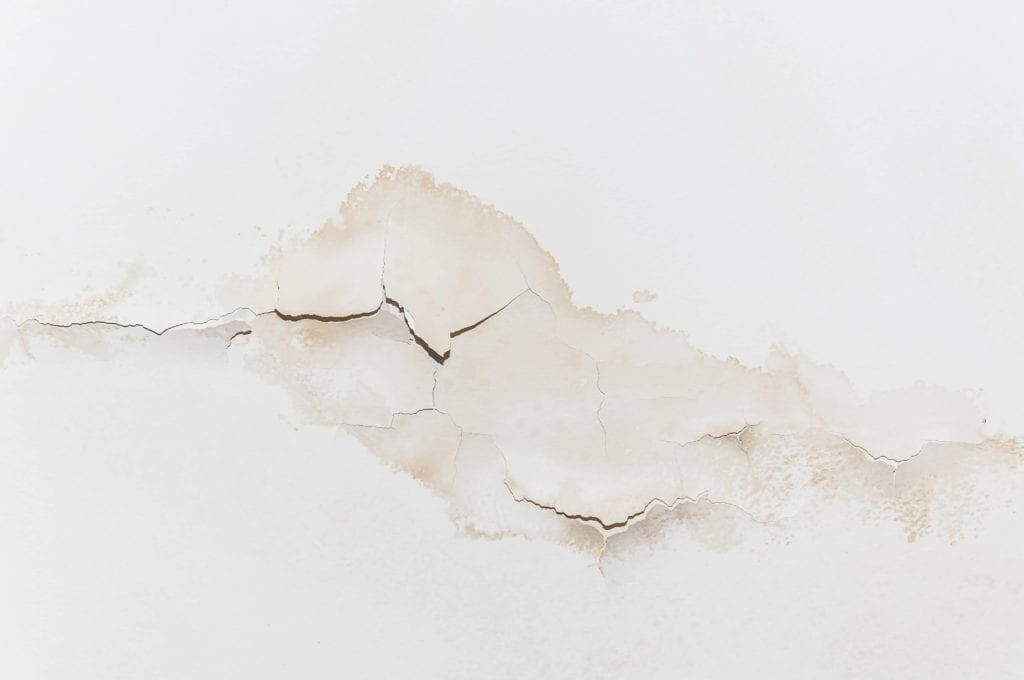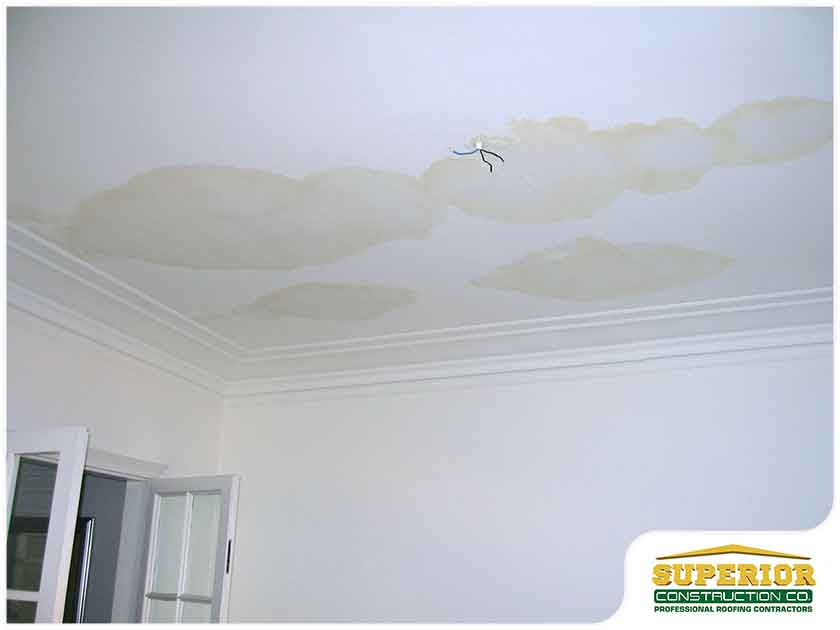Important Checks and Repairs for Water Stains on Walls
Important Checks and Repairs for Water Stains on Walls
Blog Article
They are making a number of great annotation related to Indicators of Water Damage Behind Walls as a whole in the content further down.

Water spots on wall surfaces are not pleasurable to the eyes. In some cases it seems practically unavoidable to experience water spots on wall surfaces in houses.
Property owners living in humid areas regularly deal with the fear of water discolorations on wall surfaces. With precise and well-rounded info on the causes of water discolorations and also timely repair procedures, you will certainly always be an action in advance of such occurrences.
3 Usual Root Causes Of Water Stains on Wall Surfaces
In contrast to common belief, water spots on walls do not constantly come from poor structure materials. There are numerous root causes of water stains on wall surfaces. These include:
Damp
When warm moist air meets dry cold air, it triggers water beads to form on the wall surfaces of structures. This happens in bathroom and kitchens when there is steam from food preparation or showers. The water droplets can discolor the bordering walls in these parts of your home and infect various other areas.
Moist or condensation impacts the roofing and also walls of structures. This causes them to show up darker than other areas of the residence. When the wall is wet, it develops a suitable atmosphere for the growth of microorganisms and also fungi. These might have adverse impacts on wellness, such as allergies and also respiratory disorders.
Poor Water drainage
This will avoid water from leaking right into the wall surfaces. This web links to excessive wetness that you discover on the wall surfaces of your structure.
So, the leading source of damp wall surfaces, in this instance, can be an inadequate water drainage system. It can also be because of bad administration of sewer pipelines that go through the structure.
Pipeline Leaks
The majority of homes have a network of water pipes within the walls. This guarantees that the pipes are well away from the reach of damaging rodents. It always enhances the feasibility of such pipelines, as there is little oxygen within the wall surfaces. This prevents corrosion.
A disadvantage to this is that water leak influences the wall surfaces of the structure as well as triggers widespread damage. A dead giveaway of malfunctioning pipes is the look of a water discolor on the wall.
Pro Pointer
A houseplant in your home also raises its moisture. So, if the house is currently damp, you may intend to introduce houseplants with minimal transpiration. An instance of appropriate houseplants is succulents.
Water Stains on Wall: Fixing Tips
When dealing with water stains, homeowners would usually desire a quick solution. Yet, they would certainly soon realize this is disadvantageous as the water spots recur. Below are a couple of useful pointers that will lead you in the repair service of water stains on wall surfaces:
Conclusion
Although nobody intends to have water discolorations on walls in their residence, it can happen to the very best people. This post offers you utilize, as you now know exactly how to manage this incident if it does occur.
It is always best to recruit expert solutions to assist deal with the problems in your home.
Sometimes it seems practically inescapable to experience water discolorations on wall surfaces in residences.
In contrast to popular belief, water stains on walls do not always stem from inadequate building materials. There are a number of reasons of water stains on walls. The water droplets can discolor the bordering wall surfaces in these parts of your house as well as spread to various other locations.
Here are a few valuable pointers that will certainly guide you in the repair work of water spots on wall surfaces:
How to identify and deal with water spots on walls and ceilings
Where is water coming from?
Where is the water coming from? Is the roof above it? Or how about a bathroom? Potentially a leaky pipe? Whatever is up, it s wet. Repairs cannot be attempted until the source is identified and the necessary repairs made. Otherwise, repairs are moot. The water stain will just come back.
Many times the repair is simple. A common source is water seepage. A shower pan or piping that once had be caulked could have sprung loose causing a slowly leaking pipe. Address potential piping issues before proceeding.
If it s the roof that s up, check it for leaks. Roof water is not always attributed to a roof problem. Depending where in the country you are located, you could be looking at an ice dam, which means new insulation and repairs. Roofs can leak, shingles can slip. Again, the repairs must be made before any patch work can happen inside.
Why is there a water spot?
Water stain repairs always come last. Repairing a water stain inside your home before addressing the issue is going to lead to disappointment. Repairs will quickly be taken apart by a continuous leak. You will need to see how wet the area actually is. Potentially, you could be looking at taking out a piece of the ceiling or drywall to get down to a dry bones before moving forward. If you neglect this step, you are sure to have bleed through on the repair.
How to go about fixing the problem?
Clean.
Once the underlying cause of the stain is dealt with, you can begin by cleaning the stain with bleach. Mix one cup of bleach with three cups of warm water and wipe the wall down. This mixture will also remove any leftover mildew, dirt or dust that could prevent a good paint job. Rinse the solution off with a spray bottle and towel.
Prep.
Get a drop cloth set up on the floor below your project. If the mess is on a ceiling, protective gloves and goggles will be crucial. After the area is dry, tape off any areas, like trim, you want to keep paint-free.
Prime.
Use a good quality base coat of stain-blocking primer. Your ceiling is probably painted with an interior latex paint, meaning it is water soluble. Water will destroy this kind of paint and cause lingering issues with your job. The base coat will block this from happening again in the future.
Paint.
After ample drying time, apply at least two coats of ceiling paint, with drying time in between. Oil-based ceiling paints will contain more volatile organic compounds (VOCs) and fumes, so take precautions not to expose yourself to this paint for too long.
Your ceiling should look pristine a new. Provided the problem has been completely solved, there will be no returning halo in your paint job.

We had been introduced to that editorial on from an acquaintance on our other web blog. I beg you take a moment to promote this write-up if you enjoyed reading it. I treasure reading our article about How to Remove Water Stains from Walls and Ceilings.
Schedule A Free Estimate Report this page